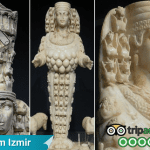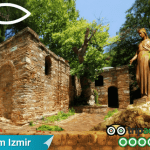Abstract
First Excavations in Ephesus were led by British engineer John T. Wood, focusing on locating the Temple of Artemis. Though he identified the site, his work remained incomplete until D.G. Hogarth resumed it in 1904. In 1895, Otto Bendorf obtained permission for further excavations, with the Austrian Archaeology Institute and archaeologists like A.S. Bammer and others uncovering key structures, including the Celsus Library, St. John’s Church, and the Temple of Artemis. Since 1954, the Ephesus Museum has managed excavation and restoration. Following the establishment of the Turkish Republic, all artifacts were legally retained in Turkey, and stored in the Ephesus Archaeology Museum.
Table of Contents
Rediscovery of Ephesus and Ayasuluk Station
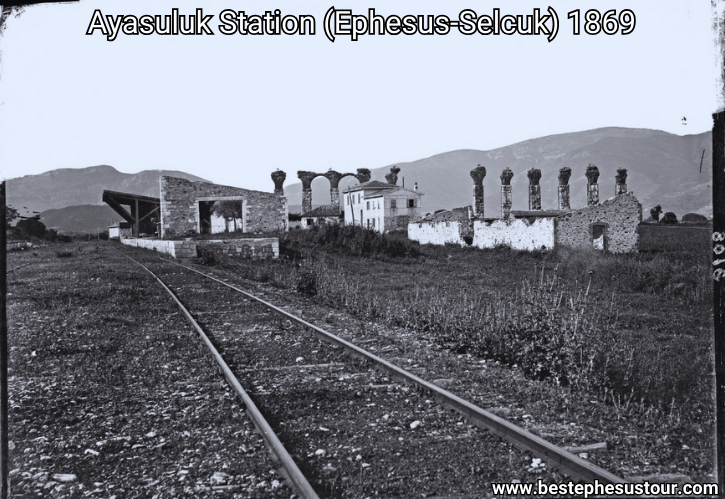
With the construction of the Ayasuluk station along the Istanbul-Baghdad railway, Ephesus gained renewed attention. This station, located to serve the nearby Sirince Village, 8 kilometers east of Ephesus, marked a turning point for the forgotten city. The first excavations began around the station in 1869, though only a few houses were in the area then.
First Excavations by John T. Wood and Subsequent Efforts
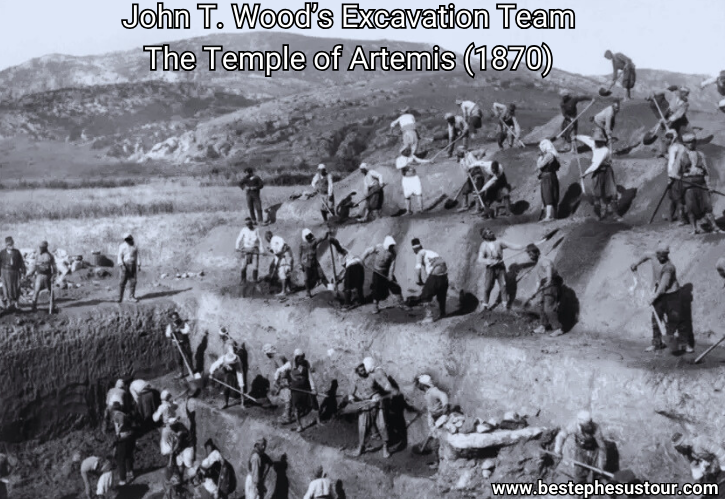
The first excavation in Ephesus was conducted by British engineer John T. Wood in 1869. He arrived in 1863 with a keen interest in uncovering the Temple of Artemis, widely referenced in ancient texts. After years of persistent searching, he located it but could not complete the excavation. In 1904, D.G. Hogarth resumed work on the Temple of Artemis and altar.
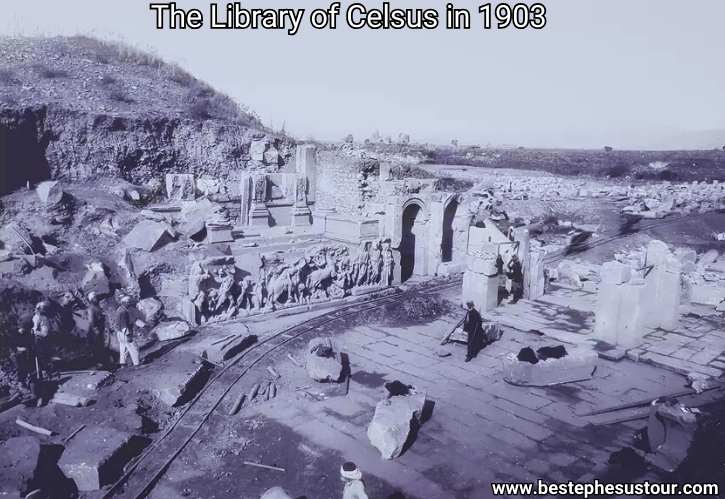
In 1895, Otto Bendorf secured permission from the Ottoman Emperor for further excavation efforts. The Austrian Archaeology Institute joined the mission, with members such as A.S. Bammer and other prominent archaeologists, including Keil, Miltner, Eichler, and Prof. Wetters, contributing to extensive excavations. Notable landmarks uncovered include the Temple of Artemis, the Basilica of St. Jean, the Council Church, the Harbor Road, the Agoras, the Serapis Temple, the Celsus Library, the Ephesus Theater, the Odeon, the Prytaneion, the Marble Road, and various residences, with some of these structures undergoing restoration.
Modern Excavation Management and Environmental Work
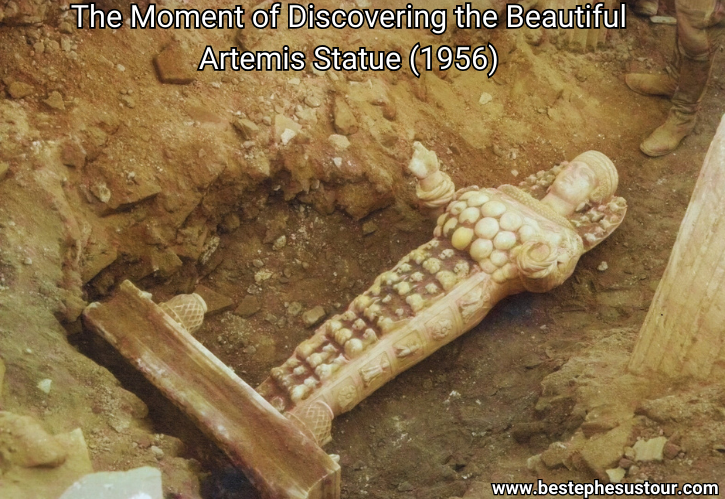
Since 1954, the Ephesus Museum has overseen excavation and environmental restoration efforts. The museum management continues work on the Domitian Temple, Ephesus Theater, Vedius Gymnasium, Stadium Road, the Basilica of St. John, and the Council Church (Church of the Virgin Mary), ensuring preservation alongside excavation.
Preservation of Artifacts and the Impact of the Turkish Republic
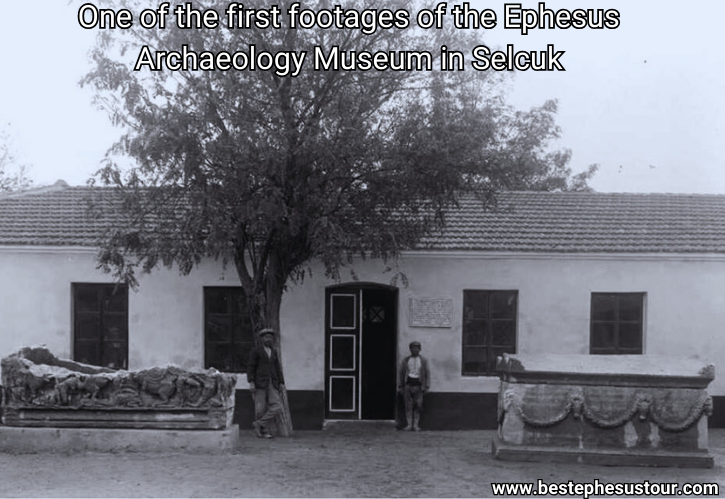
Before the Turkish Republic’s establishment, discovered artifacts were often sent to British, Austrian, and Istanbul Archaeology Museums. Following the Republic’s foundation, a law prohibiting the removal of artifacts outside Turkey was enacted, resulting in all findings being entrusted to the Ephesus Museum.
The Impact of Ataturk on Turkish Archaeology
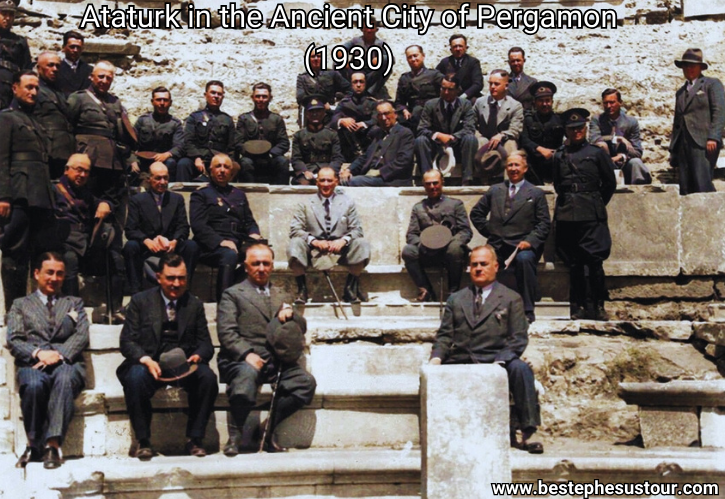
As archaeological and tourism developments progressed, Turkish President Mustafa Kemal Atatürk emphasized the importance of researching Turkish history. This drive fueled further explorations and excavations in Ephesus.




